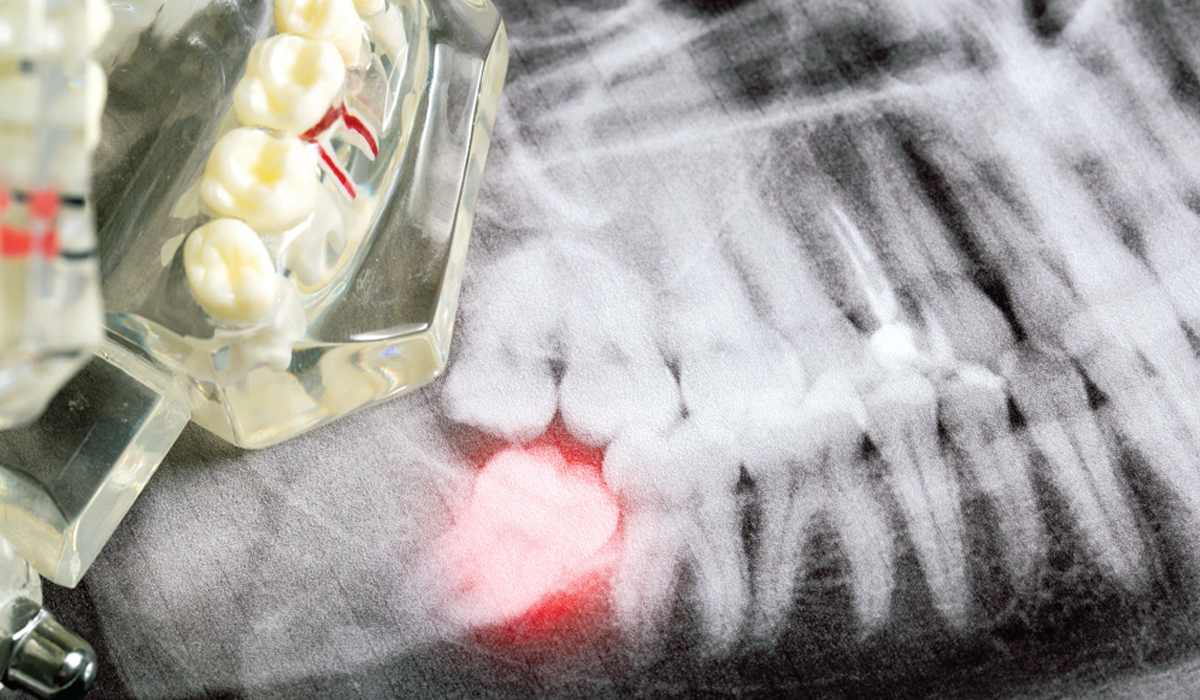

COURTESY PHOTO
As he neared the end of his 16th year with the Cocoa Police Department, Maj. Eric Austin was on track to become the next chief of police. Before that year was out, however, Eric changed course, took a leap of faith and turned his working career inside out.
He went from being a full-time law enforcement officer and part-time pastor at Discover Life Church in Melbourne to being a full-time executive pastor for the church and a reserve deputy with the Brevard County Sheriff’s Office.
“I just kind of swapped jobs because my days remained quite similar,” says Eric, who made the switch in July 2017. “When I left the police department, I was overseeing support services, so I was managing budgets, investigations, records and dispatch.
“With the church, I’m managing projects, people and budgets. I’m also the superintendent of Parkhurst Academy, a K-12 school in Melbourne. I’m overseeing and helping to devise strategies for academics, sports and school improvement.”
Shortly before reducing his role with law enforcement and expanding his role with the church and school, Eric needed help devising a strategy for a severe dental issue. It stemmed from the fact that he still had his wisdom teeth.
Wisdom teeth emerge in the back corners of the mouth, typically after childhood. Dentists often refer to them as third molars because they are situated behind the first and second molars.
Eric’s problem was that all four wisdom teeth were impacted, meaning they hadn’t fully emerged through the gums. This usually occurs when there isn’t enough space for a tooth to grow properly.
In Eric’s case, the wisdom teeth were pushing adjacent teeth, which was causing a major shift in his other teeth.
Eric’s teeth had already been straightened when he was a teenager. He was now facing the strong likelihood that he would need to have them straightened again, so he visited a fellow parishioner, Richard Leong, DDS, PA, for advice.
“Eric first came to see me in August 2015, and at the time he was interested primarily in orthodontics,” recalls Dr. Leong, referring to the branch of dentistry that corrects alignments, overcrowding or bite issues.
“He had worn braces as a kid, but now, because his teeth were shifting again, he was hoping to do Invisalign®, which are clear plastic braces or aligners. I told him that we could do that, but before committing to that program, I needed to do a full examination.
It was during that exam that Dr. Leong discovered the impacted wisdom teeth and learned that Eric also had some major gum issues that needed to be addressed.
That news did not come as much of a surprise to Eric. For a while, he says, his gums bled when he brushed his teeth or flossed.
After the exam, he sat down with the dentist and developed a strategy for repairing his teeth and gums.
The Impact of Impaction
The treatment plan called first and foremost for a major cleaning of the gums and roots, some of which had become severely infected. It also called for the removal of the four impacted wisdom teeth.
“The angle in which those third molars were growing was such that even if we did orthodontics, they were always going to impact his other teeth, so those wisdom teeth had to come out,” Dr. Leong reports.
“Now, I usually do my own surgeries, but in this case, I referred Eric to another oral surgeon because the two third molars on the bottom arch were entangled with major nerves and blood supplies, and removing them could have caused serious complications.
“It was possible that a nerve could be damaged during surgery and that Eric would have numbness afterward. There was also a chance that the teeth adjacent to the third molars could be damaged or that Eric might suffer a broken jaw.”
Despite those possibilities, Eric opted to have the wisdom teeth removed. That surgery went well, and he soon after started the Invisalign program. Unfortunately, that did not go as Eric and Dr. Leong hoped. Periodontal, or gum disease was the reason.
“There were three occasions where we had to stop and clean up Eric’s gums, and because you can’t try to move someone’s teeth when they’re having gum problems, that slowed us down a bit,” Dr. Leong states.
“We also ran into an issue with Invisalign because every time you stop the Invisalign process you must start it all over. The dentist must take all new impressions and send them back to Invisalign, which does the whole case again. It is very time-consuming.
“The reason you have to do that is because Invisalign makes all the aligners or trays that a patient will need all at once. But that doesn’t allow for midcourse corrections. If something happens, as it did with Eric, you have to redo everything and start over.
“To avoid that problem, I now offer patients a clear aligner program where I make the aligners myself with a 3D printer. But I only make three or four aligners at a time. That way, if a correction needs to be made midstream, we can do it easily without starting over.”
It wasn’t just the periodontal issues and Invisalign restarts that slowed the orthodontics. A decaying upper second molar, the tooth most damaged by the steady impact of the wisdom teeth, caused a delay as well.
“The pressure against the roots of that second molar from the wisdom tooth actually reshaped that tooth and caused a cavity to develop that got into the nerve,” Dr. Leong reports. “To correct that, I started by medicating the nerve. I then put a filling in there.
“I knew all along, though, that even after placing the filling, Eric still might have issues with that tooth, and he did. A month after placing the filling, that tooth was clearly failing, so the next thing I did was a root canal.”
While performing the root canal, Dr. Leong discovered that the damage caused by the wisdom tooth was more extensive than he initially thought. In addition to creating a cavity, it caused the roots of the second molar to calcify.
The calcification prohibited Dr. Leong from getting to the bottom of the tooth’s root, but to save the tooth, Eric agreed that Dr. Leong should complete the root canal to the best of his ability. That was done in June 2020.
After receiving a crown for that tooth, Eric completed the orthodontics a few months later and was fit with a retainer to keep the teeth from moving. Then, last February, Dr. Leong discovered another problem with that troublesome upper second molar.
“I took a CT scan just to check everything out, and I found that same tooth was having a lot of infection, meaning it was failing yet again,” he says.
“At that point we were left with three options. One was to take out the tooth and do nothing else, but that would have forced Eric to wear a retainer for the rest of his life to keep his teeth from moving again. Another option was to take out the tooth and replace it with a bridge.”
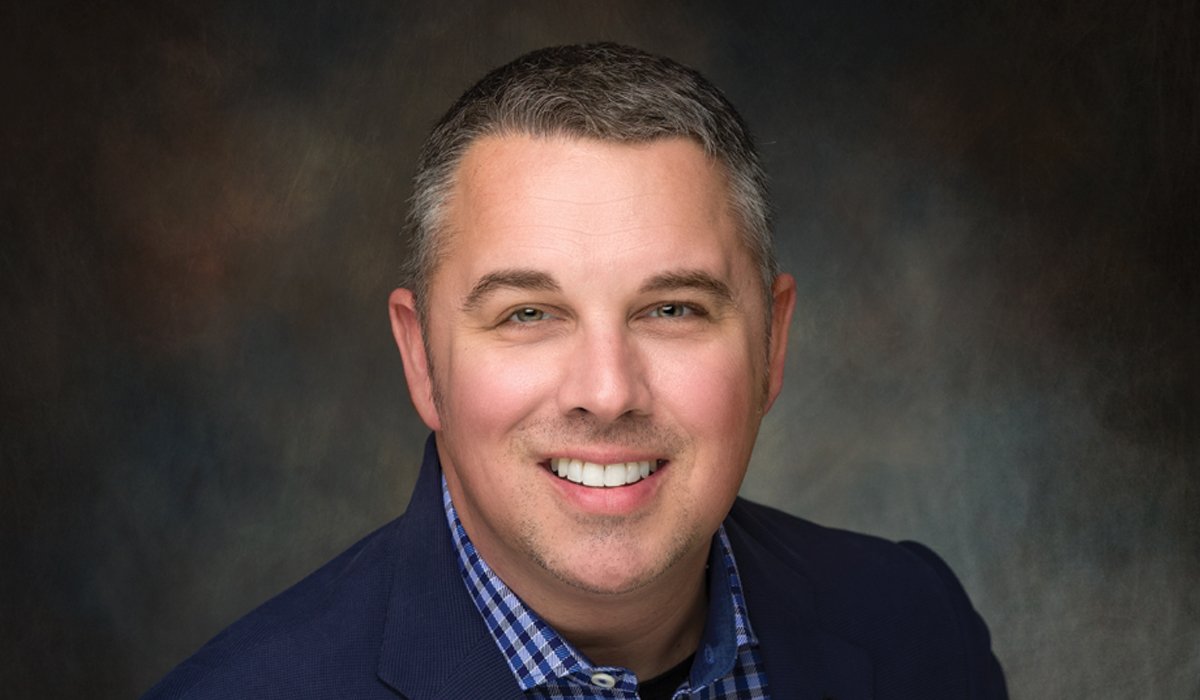

COURTESY PHOTO
Eric Austin
The Best Option
The third option and the one Dr. Leong recommended was to take out the tooth and replace it with a dental implant, a root-shaped, screw-like body that is surgically placed into the jawbone, where it becomes the foundation for a replacement tooth.
In Eric’s case, the replacement tooth would be a single crown that would be affixed to an abutment, but one or more dental implants can serve as the support system for a partial bridge or full denture.
Prior to placing an implant, some patients require a bone grafting procedure to enhance the volume of the jawbone so it can properly support the implant. This is often the case with patients who have been missing teeth for an extended period of time.
“When someone has been missing teeth for a long time, there is no pressure from chewing to stimulate bone growth in the jawbone,” Dr. Leong explains. “That’s why the bone deteriorates and bone grafting is sometimes necessary.”
That wasn’t the case with Eric, but the infection was so deep that it was on the brink of breaching the sinus cavity. That was just one reason why Dr. Leong recommended replacing the tooth with a dental implant.
“In addition to the infection, a lot of the bone around that tooth had been destroyed by the specialist taking out the third molar,” Dr. Leong reports. “So even if Eric had opted for the bridge, I would still have had to do some bone grafting.
“That’s why I recommended the dental implant. It was really the best option, and Eric agreed, so we started that process by ridding him of the infection, which I did by using a special laser that cleans out all the contaminates.
“Most practitioners that do implants do not have the laser I use for that, and so their patients have to wait at least three months to let the bone grow in before they can be fit with the implant, and even then, there is less bone to work with.
“This special laser that I use allows me to clean out all the infection, and then we do the bone grafting and place the implant at the same time. That saves time, and the chances of the implant succeeding are much better.”
To enhance the chances even further, Dr. Leong mixed the bone graft material, which can be real or synthetic bone, with platelet rich fibrin (PRF), a blood product obtained through a typical draw from the patient’s arm.
The blood is placed in a centrifuge and spun to separate various components, the most important of which is PRF, which is high in growth factors.
When mixed with bone graft material, PRF helps grow bone faster and stronger. In treating Eric, Dr. Leong also added a guided tissue regeneration barrier to keep soft tissue from growing into the site where he placed the implant.
“Implants normally need to be in place for about six months before enough bone grows around them to support them,” Dr. Leong adds. “But by doing a bone graft with PRF, we can sometimes complete the implant process in three or even two months.”
Eric’s case was completed in October 2023 after Dr. Leong fit him with a special implant that fits firmly into an area with less bone. Eric says he agreed to the implant procedure because he wanted a permanent fix for his problem tooth.
“I’m 42 years old, and I don’t want to spend the next 40 or 50 years dealing with a bridge,” he says. “I wanted something that is going to be there for the long haul, and Dr. Leong did a great job. He really knows his trade.
“This is a man who’s been doing this for a little longer than I’ve been alive, and yet he stays up on whatever the latest and greatest technology is. He’s constantly innovating, and patients like me are the ones who are benefiting from that.
“I would absolutely recommend Dr. Leong because I know that he also teaches his craft to others, and that just adds to his credibility. He’s not just a doer; he’s a teacher and a very accomplished one at that.”




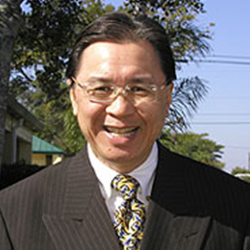

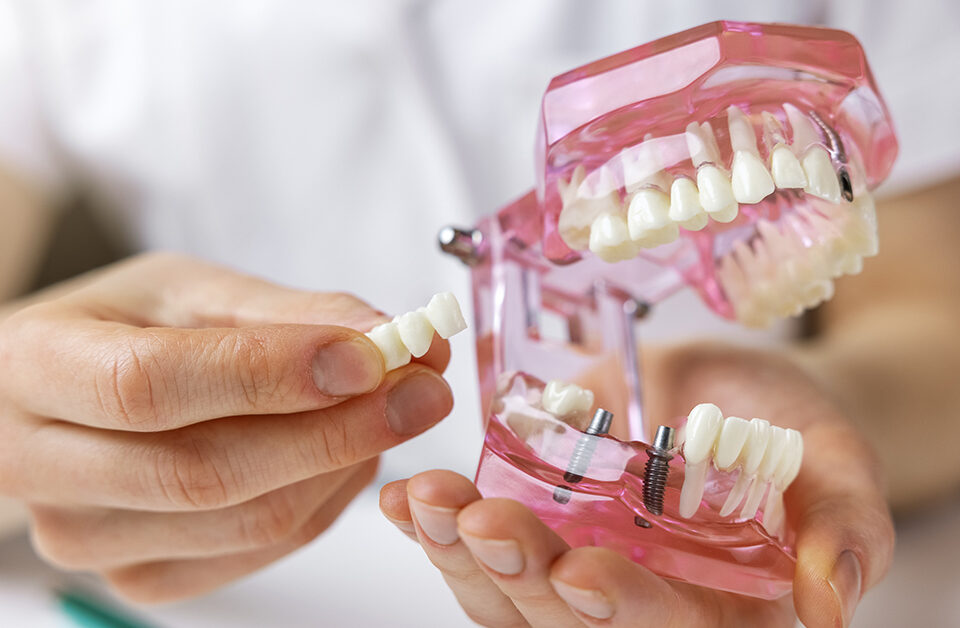


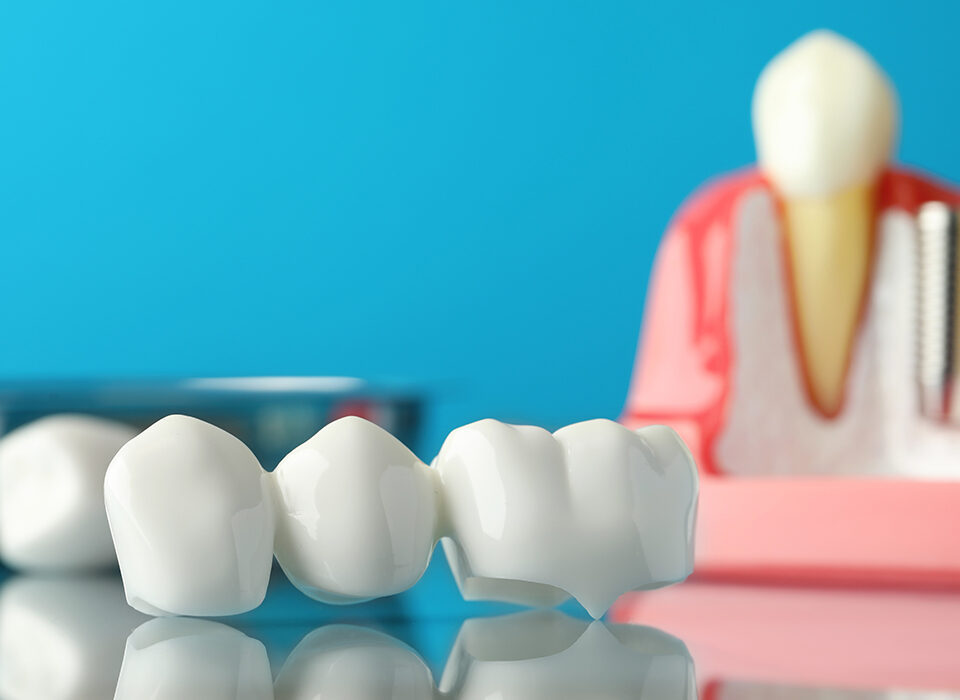
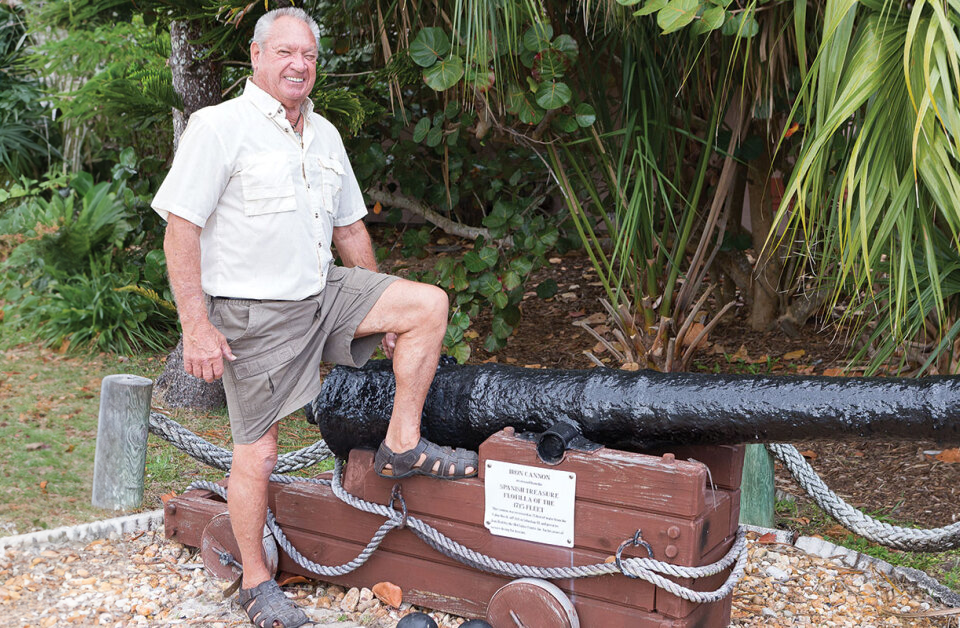
Leave a Reply